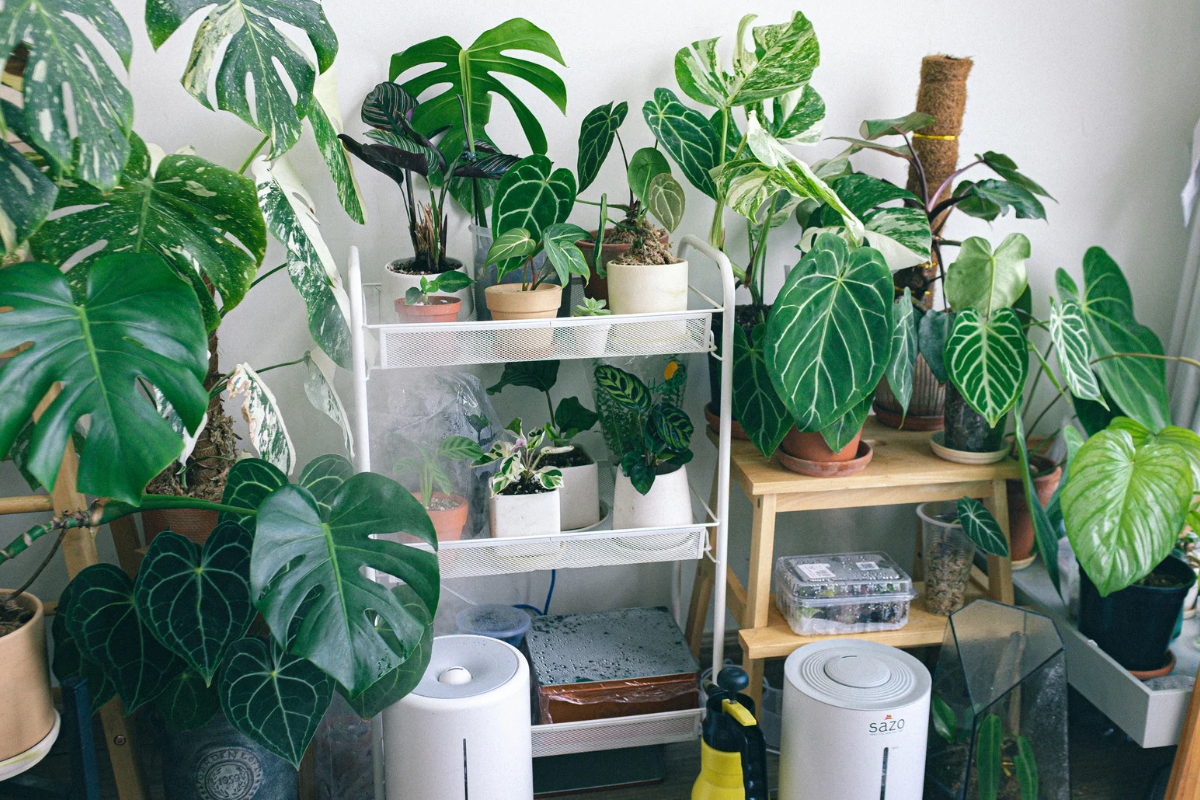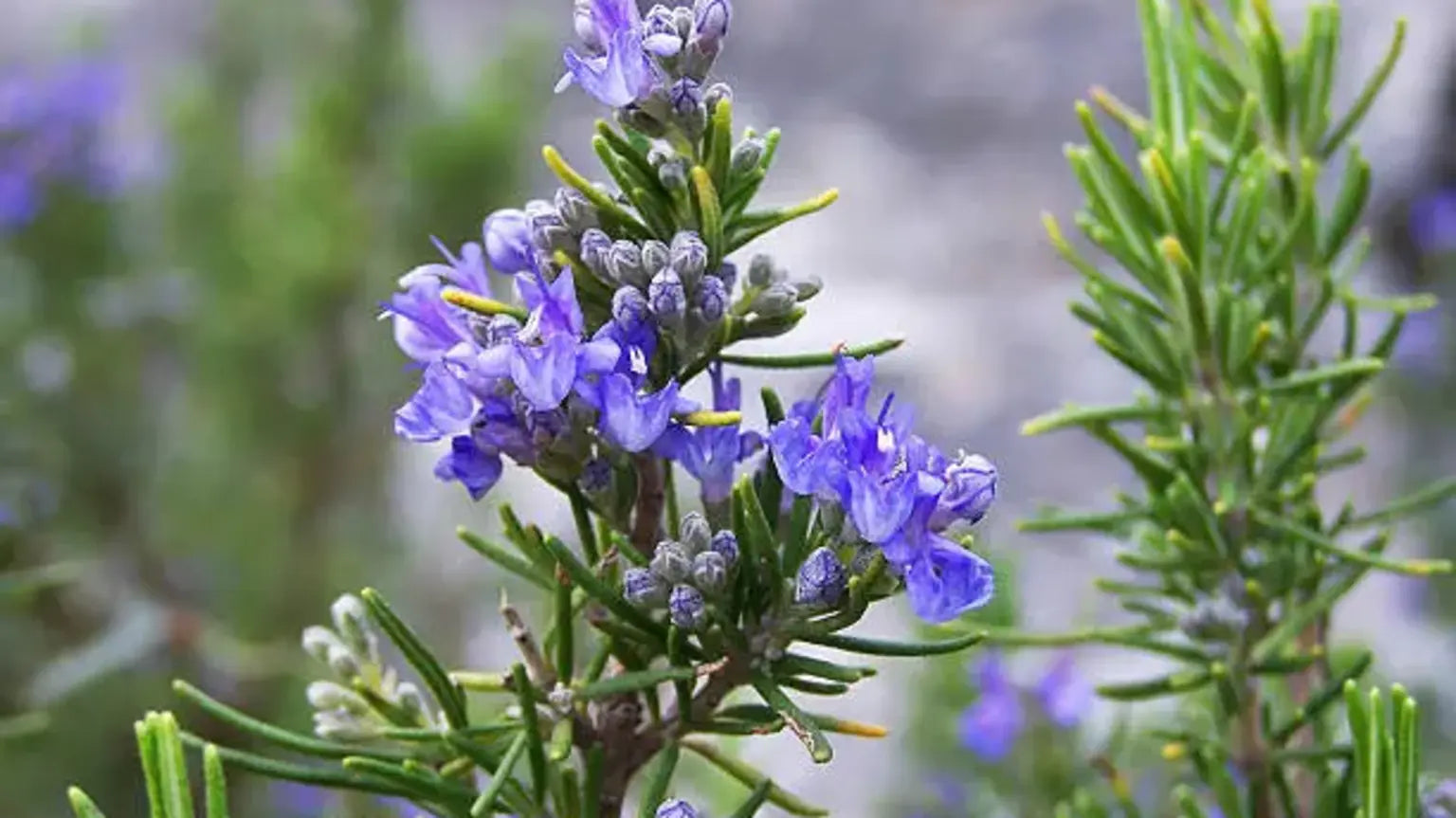
Watering Indoor Plants: 10 Essential Tips for Healthy Growth
Watering Indoor Plants: 10 Essential Tips for Healthy Growth
Watering indoor plants is more than just a routine—it’s the key to their health and vitality. Understanding the right techniques ensures your green companions thrive. Here are ten essential tips to help you perfect your watering routine.
This guide provides ten essential tips to help you master the art of watering. Understand your plants’ needs, check soil moisture regularly, and adjust for seasons. Enjoy a thriving indoor oasis!
Watering indoor plants may seem like a simple task, but it is a critical aspect of plant care that can significantly impact the health and well-being of your green companions. In this sub-blog, we will explore ten essential tips to help you master the art of watering indoor plants and ensure their optimal growth and vitality.
1. Understand Your Plant’s Watering Needs
Different plants have varying water requirements. Some prefer moist soil, while others thrive in drier conditions. Take the time to research and understand the specific watering needs of each of your indoor plants. This knowledge will guide you in determining the appropriate watering frequency and amount.
2. Check the Soil Moisture Regularly
To avoid overwatering or underwatering, it’s crucial to check the moisture level of the soil regularly. Use your finger or a moisture meter to assess the soil’s moisture content. Water your plants only when the top inch of soil feels dry to the touch. Consistency is key.
3. Water Deeply and Thoroughly
 When watering your indoor plants, aim for a deep and thorough watering session. Allow water to saturate the entire root ball until it starts to drain out from the drainage holes. This ensures that the roots receive adequate moisture and helps prevent the accumulation of salt and mineral deposits in the soil.
When watering your indoor plants, aim for a deep and thorough watering session. Allow water to saturate the entire root ball until it starts to drain out from the drainage holes. This ensures that the roots receive adequate moisture and helps prevent the accumulation of salt and mineral deposits in the soil.
4. Use Room Temperature Water
Avoid using water that is too cold or too hot when watering your indoor plants. Room temperature water is ideal, as it prevents shocking the roots. Allow tap water to sit overnight before using it to water your plants, as this allows any chlorine or fluoride to dissipate.
5. Water in the Morning
Watering your indoor plants in the morning is generally recommended. This allows the foliage to dry out during the day, reducing the risk of fungal diseases. Avoid watering at night, as the prolonged dampness can create a favorable environment for pathogens to thrive.
6. Adjust Watering Based on Season
Plants’ water needs can vary depending on the season. During the growing season, when plants are actively growing, they may require more frequent watering. In the dormant season, reduce the watering frequency, allowing the soil to partially dry out between waterings.
7. Consider the Plant’s Pot and Drainage
The type of pot and its drainage capabilities can affect watering requirements. Plants in terracotta pots tend to dry out faster than those in plastic or ceramic pots. Ensure that your pots have proper drainage holes to allow excess water to escape, preventing waterlogging and root rot.
8. Be Mindful of Humidity Levels
Indoor environments can have lower humidity levels, especially during the winter months when heating systems are in use. Some plants, such as tropical varieties, thrive in higher humidity. Increase humidity around your plants by using a humidifier, placing them on a pebble tray with water, or misting them regularly.
9. Observe Plant Reactions
Pay attention to how your plants respond to watering. Wilting, yellowing leaves, or root rot may indicate overwatering, while drooping or dry leaves may indicate underwatering. Adjust your watering practices accordingly and learn from the feedback your plants provide.
10. Learn from Experience
Watering indoor plants is both an art and a science. As you gain experience caring for your plants, you will develop a better understanding of their individual needs. Learn from your successes and challenges, and don’t be afraid to experiment and adjust your watering routine to find what works best for your specific plant collection.
By following these ten tips for watering indoor plants, you will be well on your way to providing the optimal moisture levels for your green companions. Remember that each plant is unique, so observe, adapt, and enjoy the process of nurturing your indoor oasis.
Happy Gardening!
- Want to know more? Do follow us on Instagram to stay updated on the latest gardening trends.
- Watch the video and get the complete gardening guide about Watering Indoor Plants.
https://www.youtube.com/embed/lukg0X5RoSw?si=zE3oPKZKBQ0A_Bx6
-
 Quick View
Quick View
Perlite Soil (5gms)
Manures
Rated 5.00 out of 5
₹10
Add to cart -
Sale!
 Quick View
Quick View
Beginner’s Elite Garden Kit (1Kit)
Gardening Essentials
Rated 5.00 out of 5
Original price was: ₹1163.₹1039Current price is: ₹1039.
Add to cart
















